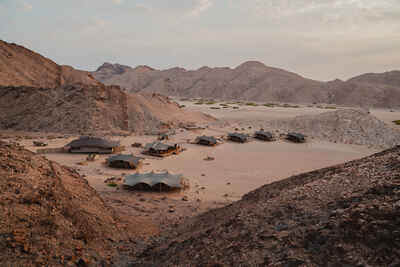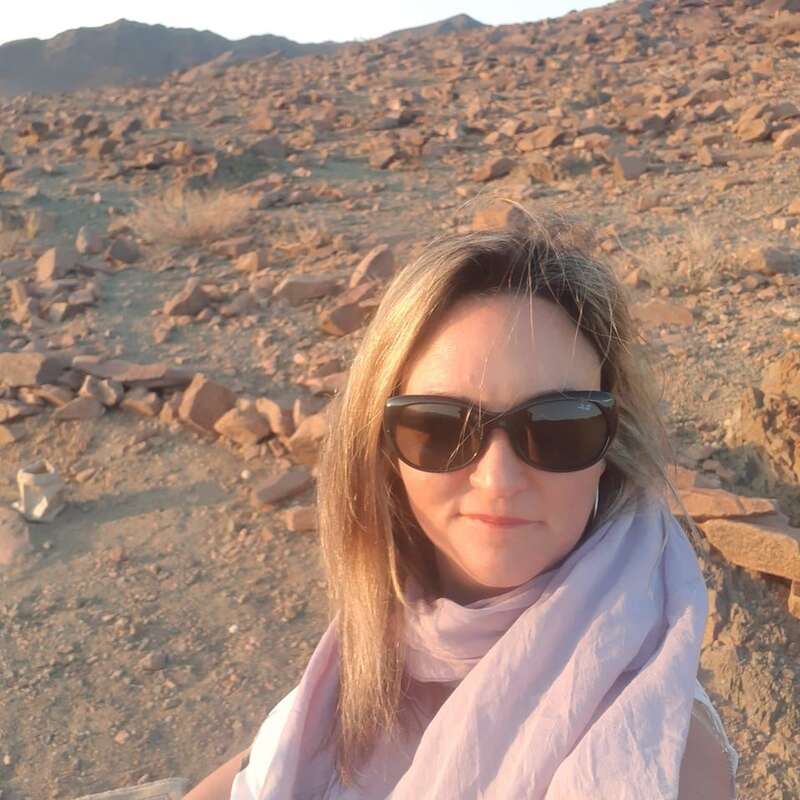About Hoanib Valley Camp
One of Namibia’s most remote regions is the setting for this camp of understated luxury with an exceptional range of activities.
Appearances can be deceptive – and rarely more so than at Hoanib Valley Camp in Namibia’s remote and seemingly barren Kaokoveld region.
A bird’s eye view could at first glance suggest a workers’ camp, the monochrome flysheets of its tented rooms forming little contrast with the desert plains. But zoom in closer – and prepare for a surprise. For here, sheltered at the foot of a mountain, you’ve stumbled across a veritable oasis of eco-tranquillity.
Beneath those flysheets you’ll find tented rooms – just six of them – whose creature comforts would put many a boutique hotel to shame. King-size beds, twin basins and fluffy towels, of course. But silk dressing gowns? And dampened kikois to cool you down on a hot day?
And then there’s the view – a seemingly endless vista of plains and dunes backed by mountains where desert animals hide in the ever-changing shadows. Explore with an expert guide – in search of wildlife, or to a local village, or further afield to the Giraffe Foundation – who partner with the local community in this exceptional venture.
Then, closer to camp, take a wander on foot, drink in hand, to herald the dawning of a star-studded sky.
It seems you can have the best of both worlds.
Our view
Nestled in an untouched wilderness, Hoanib Valley Camp is an oasis of comfort and calm offering a uniquely varied range of activities. Wildlife can be elusive, but come for the wildness of the setting and the jaw-dropping scenery, and you might be lucky enough to enjoy some wonderful wildlife encounters along the way.
Accommodation
6 tents
Children
Best for 12+
Open
All year
Activities

4WD Safari

Cultural excursion

Guided walking safari

Private activities
Traveller reviews of Hoanib Valley Camp
13 real, un-edited reviews from Expert Africa's travellers.
Arrived 12 Apr 2025, 3 nights
"Hoanib Valley Camp review"
Overall rating: Good
Arrived 14 May 2024, 2 nights
"Hoanib Valley Camp review"
Overall rating: Excellent
Arrived 15 Oct 2022, 2 nights
"Hoanib Valley Camp review"
Overall rating: Excellent
Arrived 25 Aug 2022, 2 nights
"Hoanib Valley Camp "
Overall rating: Good
Arrived 22 Jul 2022, 2 nights
"Hoanib Valley Camp review"
Overall rating: Excellent
Arrived 4 Jul 2022, 2 nights
"Hoanib Valley Camp review"
Overall rating: Excellent
Arrived 26 Mar 2022, 2 nights
"Hoanib Valley Camp review"
Overall rating: Good
Arrived 13 Mar 2022, 3 nights
"Hoanib Valley Camp review"
Overall rating: Excellent
Arrived 25 Apr 2021, 3 nights
"Hoanib Valley Camp review"
Overall rating: Excellent
Arrived 29 Nov 2020, 3 nights
"Hoanib Valley Camp review"
Overall rating: Excellent
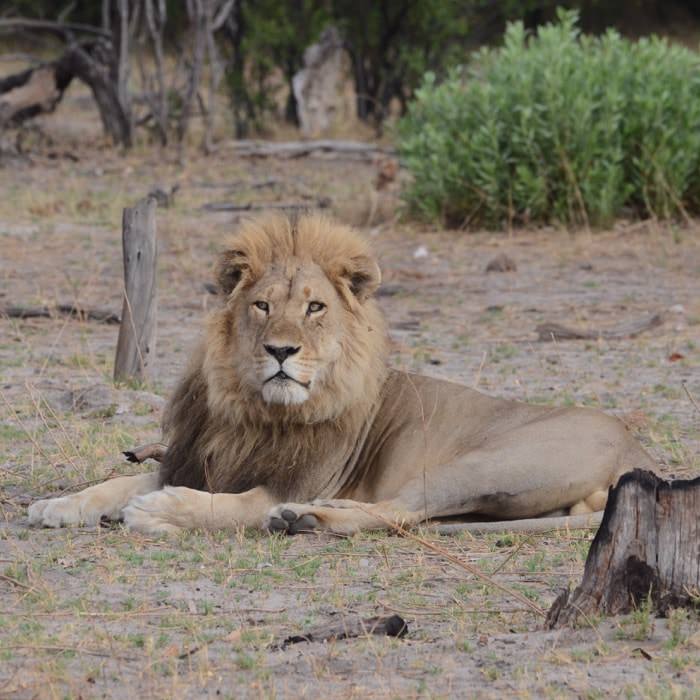
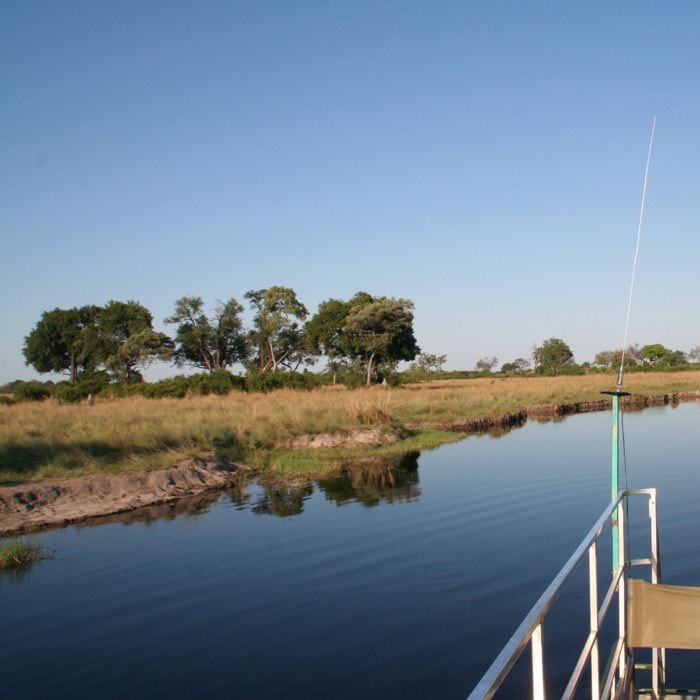
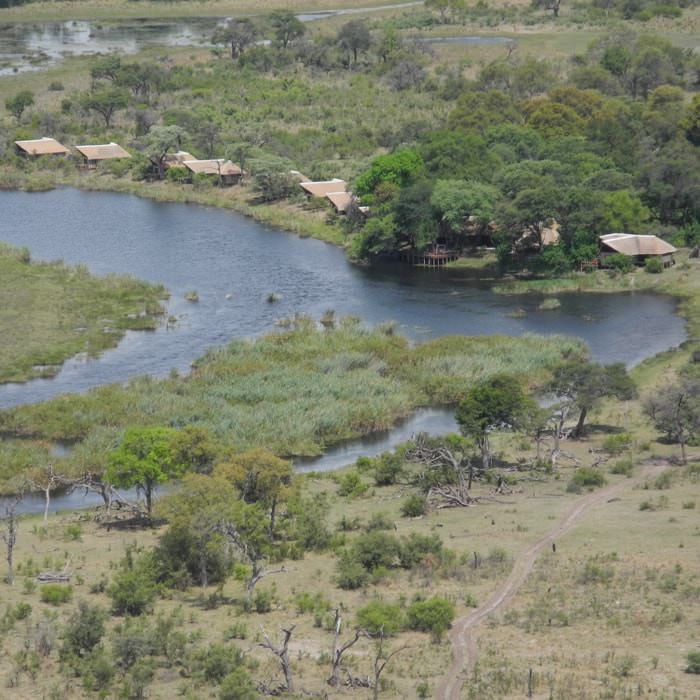
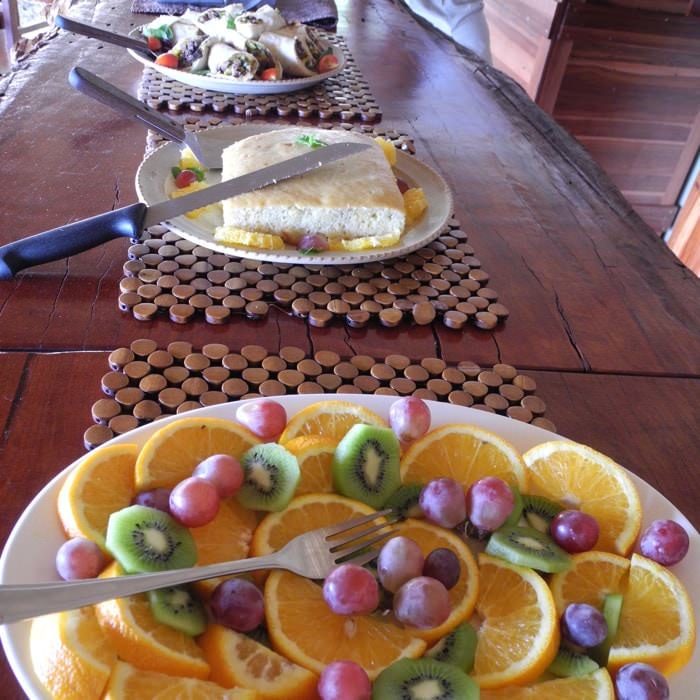
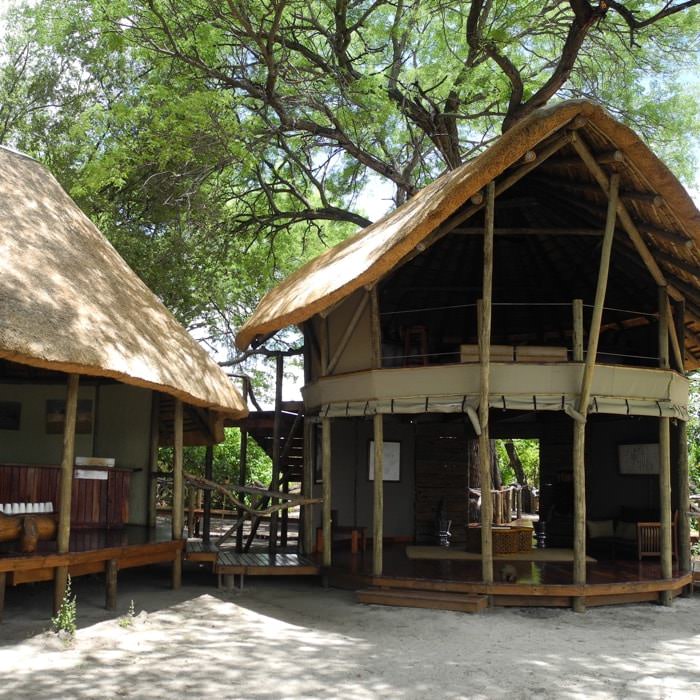
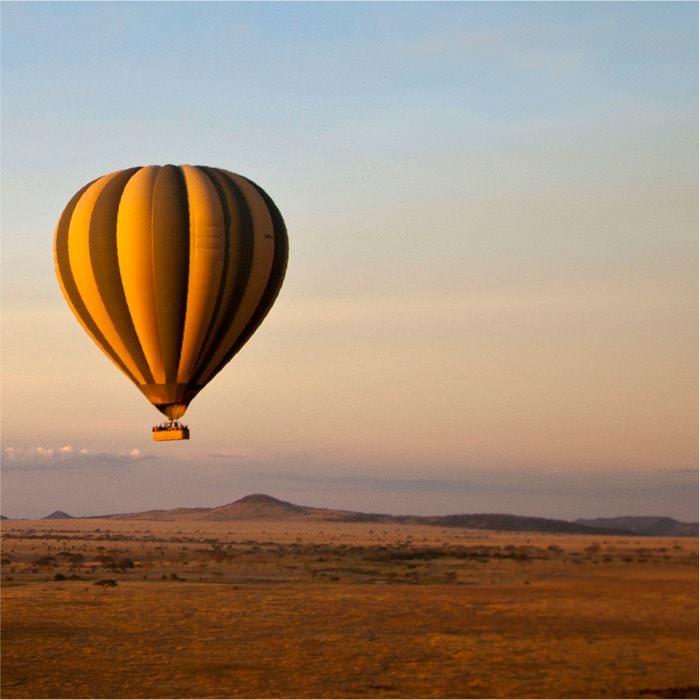
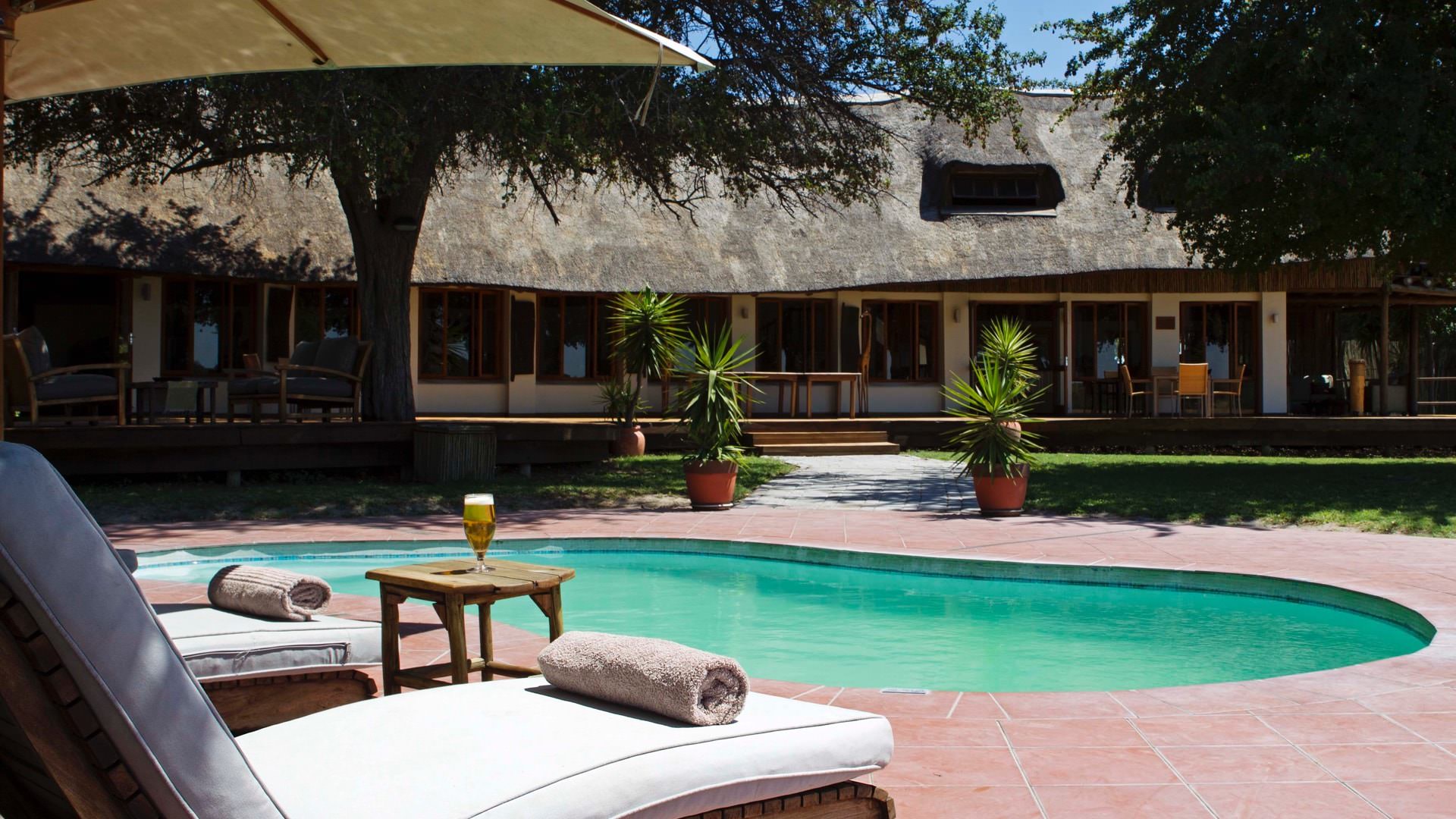
Expert Africa's gallery
When we travel we take lots of photos ourselves to give you a real and un-edited view of the safaris. See our 13 pictures and 1 videos of Hoanib Valley Camp to get the candid view.
View gallerySafaris visiting Hoanib Valley Camp
Just ideas, we'll always tailor-make a trip for you
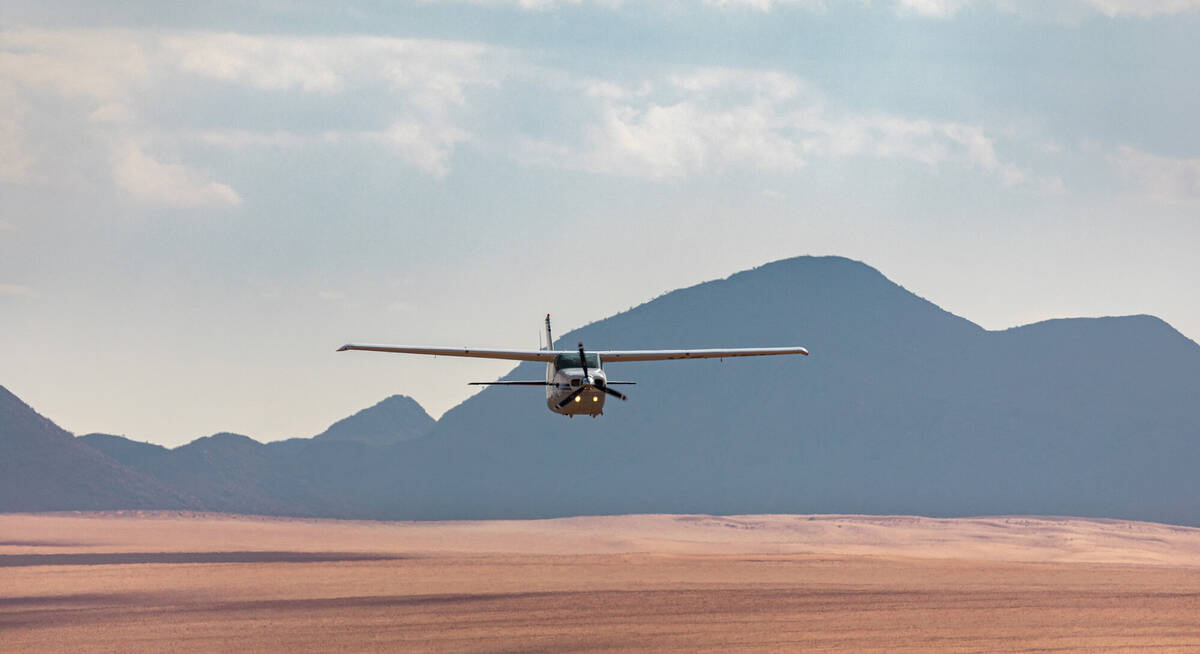
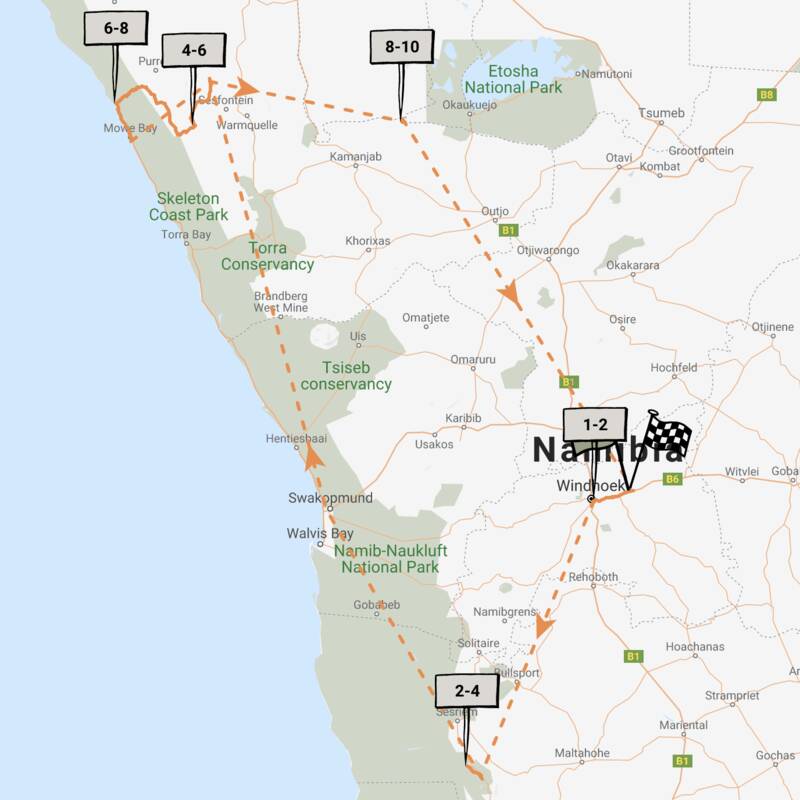
Monteiro's Hornbill Fly-in Safari
9 days • 5 locations • 1 country
WINDHOEK AIRPORT TO WINDHOEK AIRPORT
Stay in four of Namibia’s most famous environments on this fly-in safari. It would be hard to pack more variety into a trip of the same length.
Visiting Windhoek, NamibRand and 2 other areas
US$12,280 - US$14,840 per person
Hoanib Valley Camp: Our full report
Located on the border of the old administrative districts of Damaraland and Kaokoland, Hoanib Valley Camp ...
... is in one of Namibia’s most remote and untouched wilderness areas. The ancient mountains, gravel plains and dunes that define the area are home to some of the country’s most elusive desert-adapted wildlife, while the camp offers an oasis of luxury for its guests.
Not to be confused with Hoanib Skeleton Coast Camp, Hoanib Valley Camp is a joint venture between local communities and the most successful long-term giraffe conservation charity in the world – the Giraffe Conservation Foundation.
Nestled relatively close together at the foot of a mountain, yet maintaining their individual privacy, the camp’s six tented rooms are built on decks of wood, bamboo and a composite of 70% recycled material. Wooden steps lead up to a covered veranda with a couple of directors’ chairs and a beanbag for soaking in the view across the valley floor to ancient mountains beyond. Inside, the large bedroom features comfortable king-size or twin beds as well as bedside tables and lamps, a small bamboo sofa and a writing desk with drinking water and a tea and coffee station. To the back of the tent, the en-suite shower room with twin basins and a separate toilet is also home to a large storage rack complete with fluffy towels, cool silk dressing gowns, a laundry basket and a small electronic safe.
As Hoanib Valley Camp is 100% solar powered there is no air conditioning, but a free-standing fan in combination with large mesh windows and air flow under the tent do a pretty good job of keeping things cool. If it is especially hot, as it was when we visited in April 2019, then a damp kikoi in combination with the fan (often called African A/C!) can really help to make things more comfortable, especially during your siesta.
The camp’s main area is a large open-plan tented structure, which opens up to make the most of the view and really invites you out into the wilderness. A central island doubles as both a bar and a breakfast bar, while to either side are dining tables and a couple of seating areas with comfy leather sofas, but we enjoyed most of our meals on the deck outside.
In front of the main area, a firepit surrounded by chairs is the camp’s pre-dinner focal point. We took part in several fantastic pre-dinner discussions here, including one that encompassed an excellent explanation of the southern stellar constellations – which are truly spectacular in this region.
A relatively steep sandy path takes you from the main area up to the camp’s small swimming pool. Surrounded by a partially covered deck that is dotted with sunloungers, this is a stunning spot to relax and cool off during the heat of the day.
Hoanib Valley Camp’s unique location allows for a fantastic range of activities, with other vehicles rarely seen on nature drives. In stark contrast to sightings of desert-adapted elephant in the area around Twyfelfontein, guests here will often find themselves alone with a relaxed herd of these gentle giants. As an added bonus, the area is also home to some of Namibia’s last remaining desert lion, made famous by several documentaries, books and long-running research projects. Nature walks, usually close to camp, offer the chance to step out of the vehicle and take a walk through the wilderness with a guide – and perhaps a sundowner drink.
With advance booking, it may be possible to spend a day tracking black rhino in the Palmwag concession or to visit the Giraffe Conservation Foundation’s base. These activities are usually recommended for stays of three nights or more as each takes a full day.
On a human note, the camp can also arrange a visit to local villages. These usually focus on Himba communities but can also be extended to Herero and Damara peoples as well, allowing you to learn a little more about their remarkable cultures.
Hoanib Valley Camp is too far from the Skeleton Coast National Park to offer trips there. However, if a stay here is combined with time at its sister property, Shipwreck Lodge, guests can take explore the Hoanib and Hoarusib river beds in detail on a full-day activity cum transfer, taking in the clay castles en route. This is a spectacular trip and a unique opportunity to get to grips with some of Namibia’s most remote landscapes.
Activities
4WD Safari
Cultural excursion
Guided walking safari
Private activities
Families & children
- Attitude towards children
- The camp welcomes children of all ages.
- Property’s age restrictions
- None
- Special activities & services
- The camp can arrange for childcare by members of staff. Note, however, that they are not trained, childcare professionals.
Families with children under the age of 12 are required to book a private vehicle for the duration of their stay, at an additional charge. - Equipment
- Cots can be arranged on request.
- Generally recommended for children
- Given the remote location and long transfers to reach the lodge we think that Hoanib Valley Camp is better suited to older children.
- Notes
- Hoanib Valley Camp is unfenced so children should be supervised at all times.
Food & drink
- Usual board basis
- Full Board & Activities
- Food quality
- In April 2019 we enjoyed a good variety of fresh and tasty meals. Overall the food was hearty and wholesome rather than fine dining, but it certainly hit the right spot for us.
We understand that with advanced notice most dietary needs can be catered for.
Breakfast is a buffet of cold meats, cheeses, fresh pastries or muffins, cereals, fresh fruit, tea coffee and fruit juices. Hot dishes are then cooked to order.
For lunch we enjoyed a delicious spaghetti carbonara served with green salad, followed by chocolate ice cream.
Our three-course dinner began with a spiced butternut soup with a home baked pesto roll. This was followed by a generously sized stuffed chicken breast, with rice, cauliflower and creamed spinach. The meal was rounded off by a crème brulée. - Dining style
- Mixture of group dining and individual tables
- Dining locations
- Indoor and Outdoor Dining
- Further dining info, including room service
- Private dining can be arranged on request.
- Drinks included
- Local and house drinks are included; premium drinks such as champagne or specialist whiskies cost extra.
Our travellers’ wildlife sightings from Hoanib Valley Camp
Since mid-2018, many of our travellers who stayed at Hoanib Valley Camp have kindly recorded their wildlife sightings and shared them with us. The results are below. Click an animal to see more, and here to see more on our methodology.

100% success

100% success

50% success

40% success

40% success

22% success

10% success

0% success

0% success

0% success

0% success

0% success
Getting there
- Location
- Skeleton Coast & Kaokoland, Namibia
- Ideal length of stay
- Two to three nights
- Directions
- Self-drive guests are met at Sesfontein, approx 60km east of the lodge, and transferred by 4WD. Fly-in guests will land at the camp’s airstrip before transferring to the camp, taking approximately two hours.
- Accessible by
- Self-drive or Fly-and-Transfer
Special interests
- Photography safaris
- With its broad range of activities, Hoanib Valley Camp offers photographers in Namibia an unusual diversity of subjects, from spectacular scenery to desert-adapted wildlife and traditional cultures. The opportunity to capture photos of the elusive desert lion is perhaps the biggest draw.
- See ideas for Photography safaris in Namibia
- Cultural Experiences
- Hoanib Valley Camp offers guest the option of a sensitive and welcoming interactions with Namibia’s some of traditional cultures. While these trips focus predominantly on Himba villages, they can be extended to take in Herero or Damara communities too.
- See ideas for Cultural Experiences in Namibia
Communications
- Power supply notes
- There are low-volt charging points in the tents for batteries and cameras etc, but these cannot power items such as hairdryers.
- Communications
- WiFi is available in the main area.
- TV & radio
- None
- Water supply
- Borehole
- Water supply notes
- The fully plumbed bathrooms include flush toilets, with hot water provided by solar geysers.
Health & safety
- Malarial protection recommended
- Yes
- Medical care
- The managers are trained in first aid. The nearest hospital is in Swakopmund, a transfer taking around 1 hour 45 mins by medivac.
- Dangerous animals
- High Risk
- Security measures
- The camp’s managers and guides all sleep on site.
- Fire safety
- There are fire extinguishers in each tent and in the main area.
Useful info
- Disabled access
- On Request
- Laundry facilities
- Laundry is included, with – weather permitting – items returned the same day.
- Money
- Each tent has a small electronic safe.
- Accepted payment on location
- The camp accepts cash in Namibian dollars or South African rand, and card payment by AmEx, Visa or Mastercard.
Plan and book your trip with Expert Africa
All of our trips are tailor-made, so we'll always adapt them to suit you. Talk to an Expert and let us plan and arrange your perfect trip.

Talk to an Expert
Call or email us now! We’ll match you with the Specialist in our team who is best suited to help you. Then together we can start planning your trip.

Set up your itinerary
Based on our experience and your ideas, your specialist will create a detailed, costed itinerary. We’ll refine it together, until we have a trip that you’re perfectly happy with.

Prepare for your trip
The same Specialist will make the seamless arrangements for your trip, send you detailed travel documents, and be available to answer any questions before you depart.

Travel with peace of mind
After you set off, you’ll be cared for by our partners in Africa, most of whom have worked with Expert Africa for decades. And if you ever need us urgently, we’re available 24/7.

When you return
We love to learn about your trip, and so will always be grateful if you’ve the time to give feedback to your Specialist when you return.
Hoanib Valley Camp's location
Look closer at the environment and surroundings of Hoanib Valley Camp.
Other lodges in Skeleton Coast & Kaokoland
Alternative places to stay in this same area.
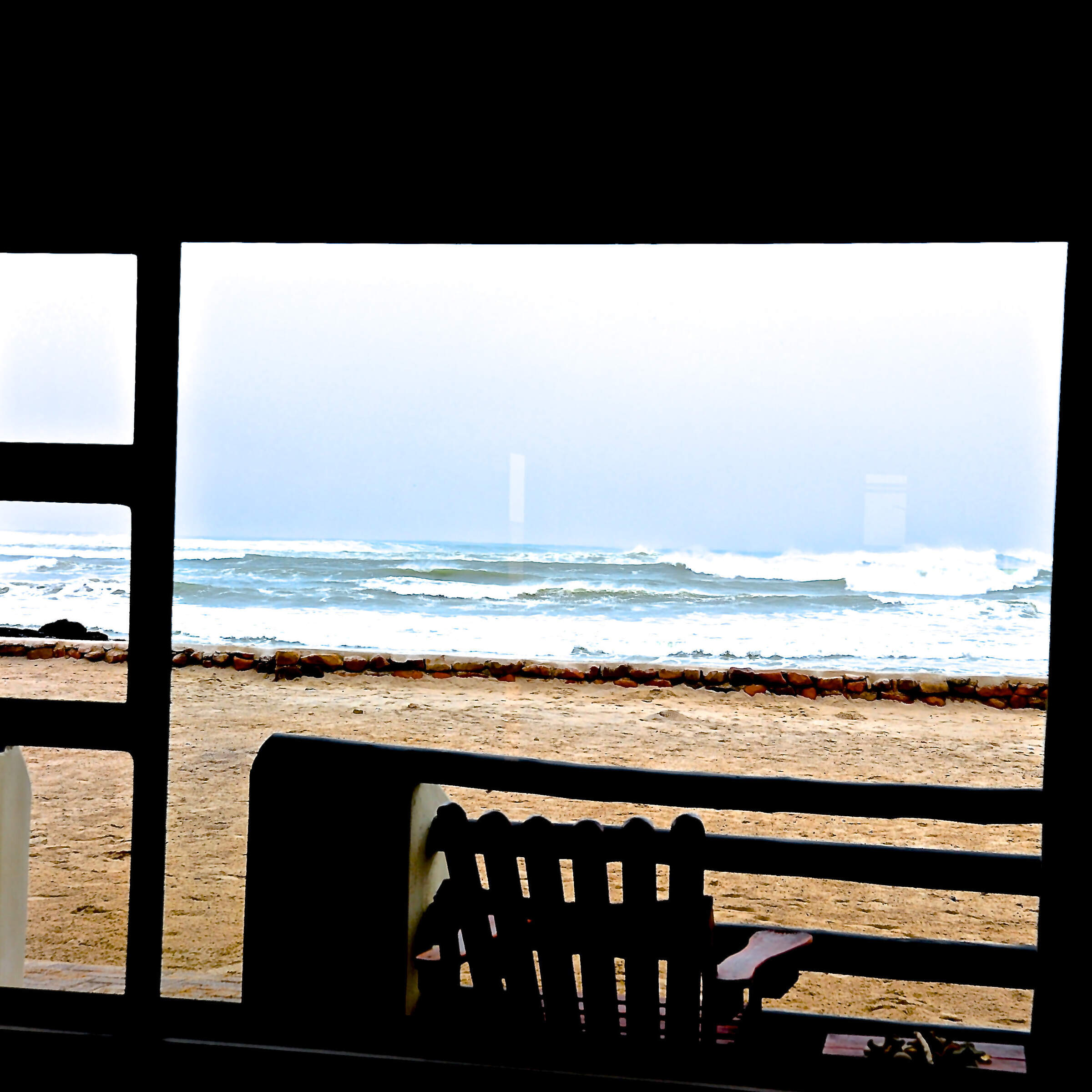
Cape Cross Lodge
Right on the Skeleton Coast, between Swakopmund and Damaraland, Cape Cross Lodge has easy access to Cape Cross Seal Reserve.
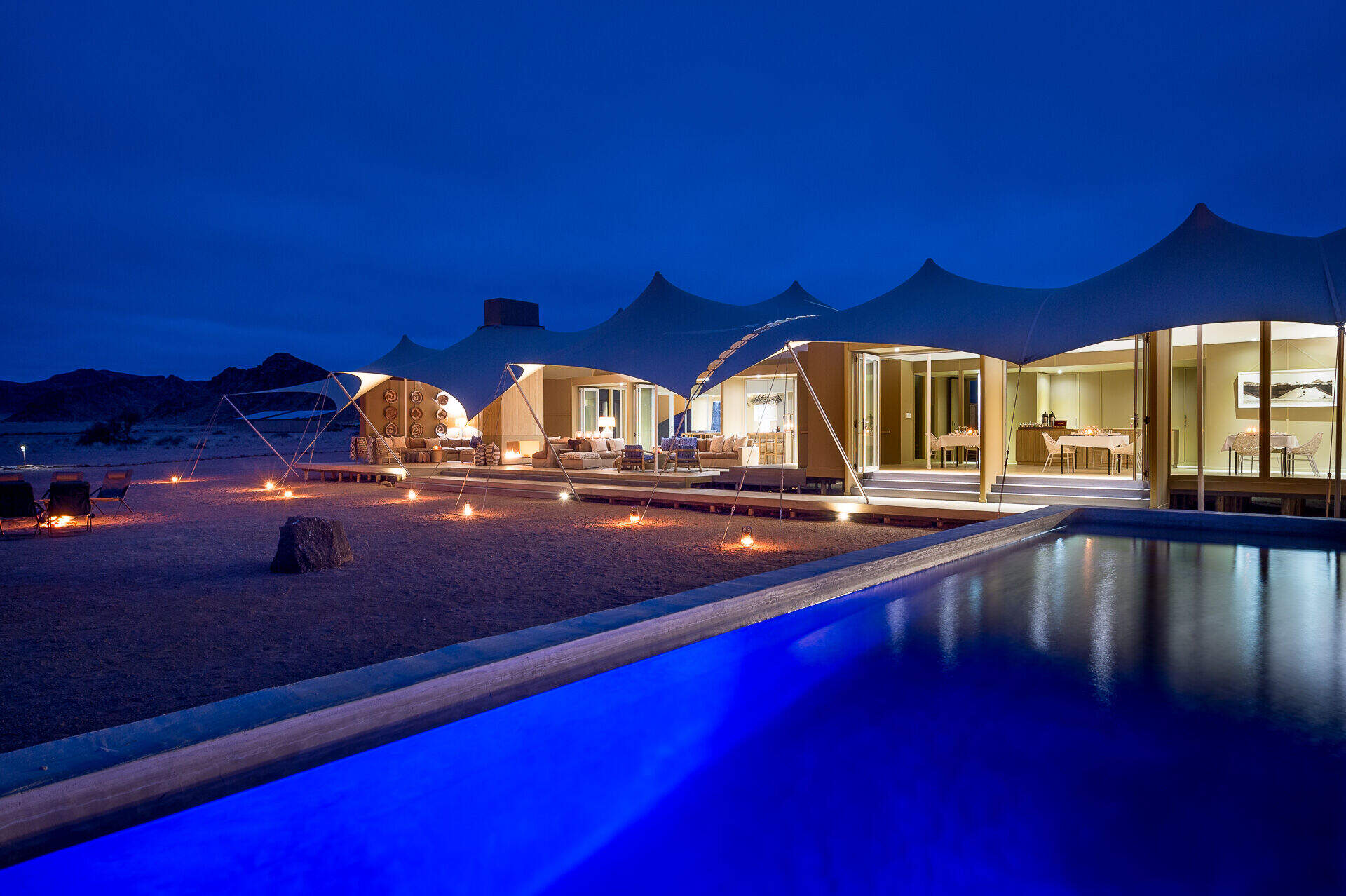
Hoanib Skeleton Camp Camp
Hoanib Skeleton Coast Camp is actually situated 42km inland in Kaokoland, this said they offer a superb guided day trip to the coast.
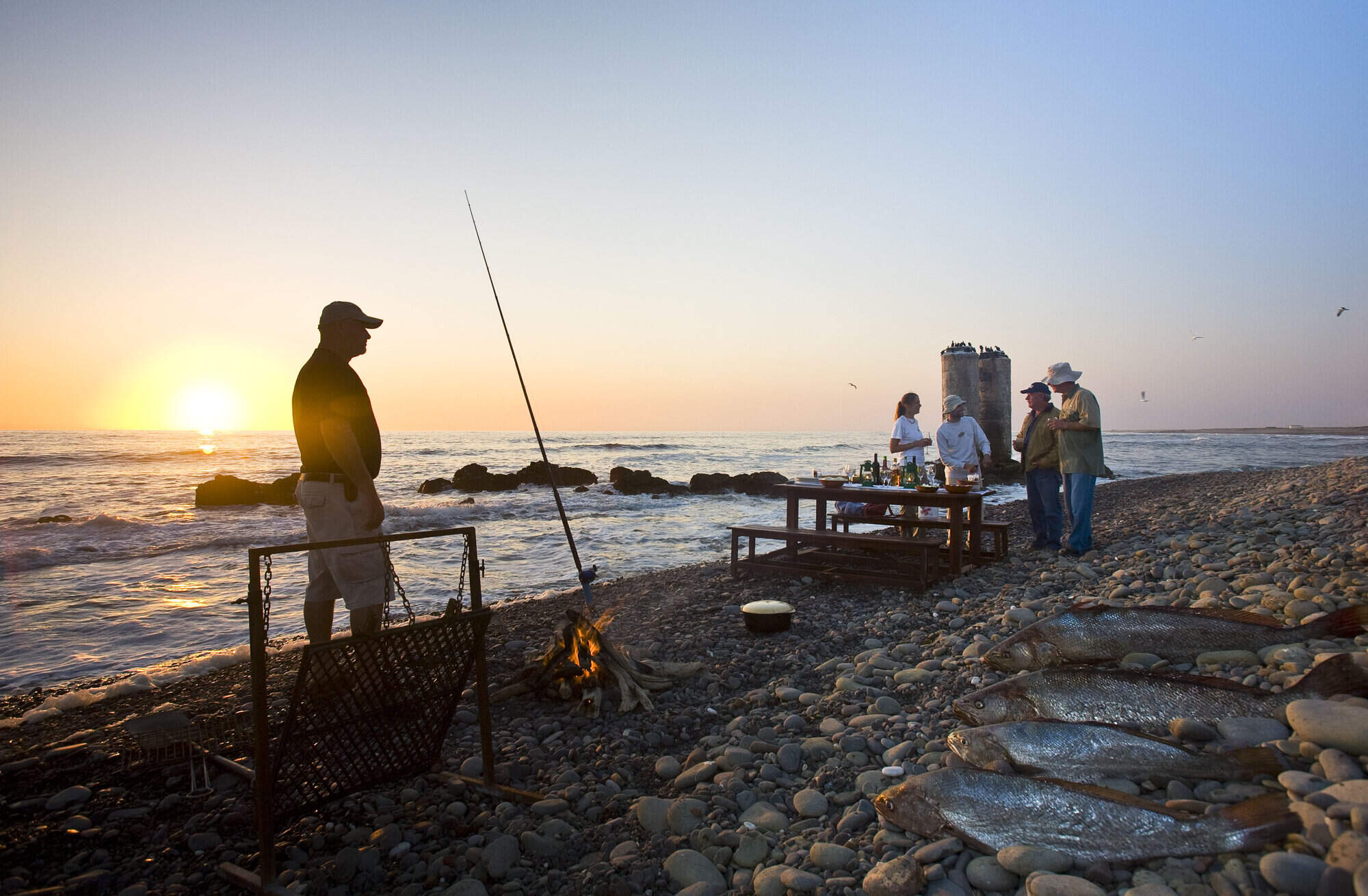
Terrace Bay
Terrace Bay is bleak. However, those that stay here come to experience the remote and inhospitable nature of the Skeleton Coast.
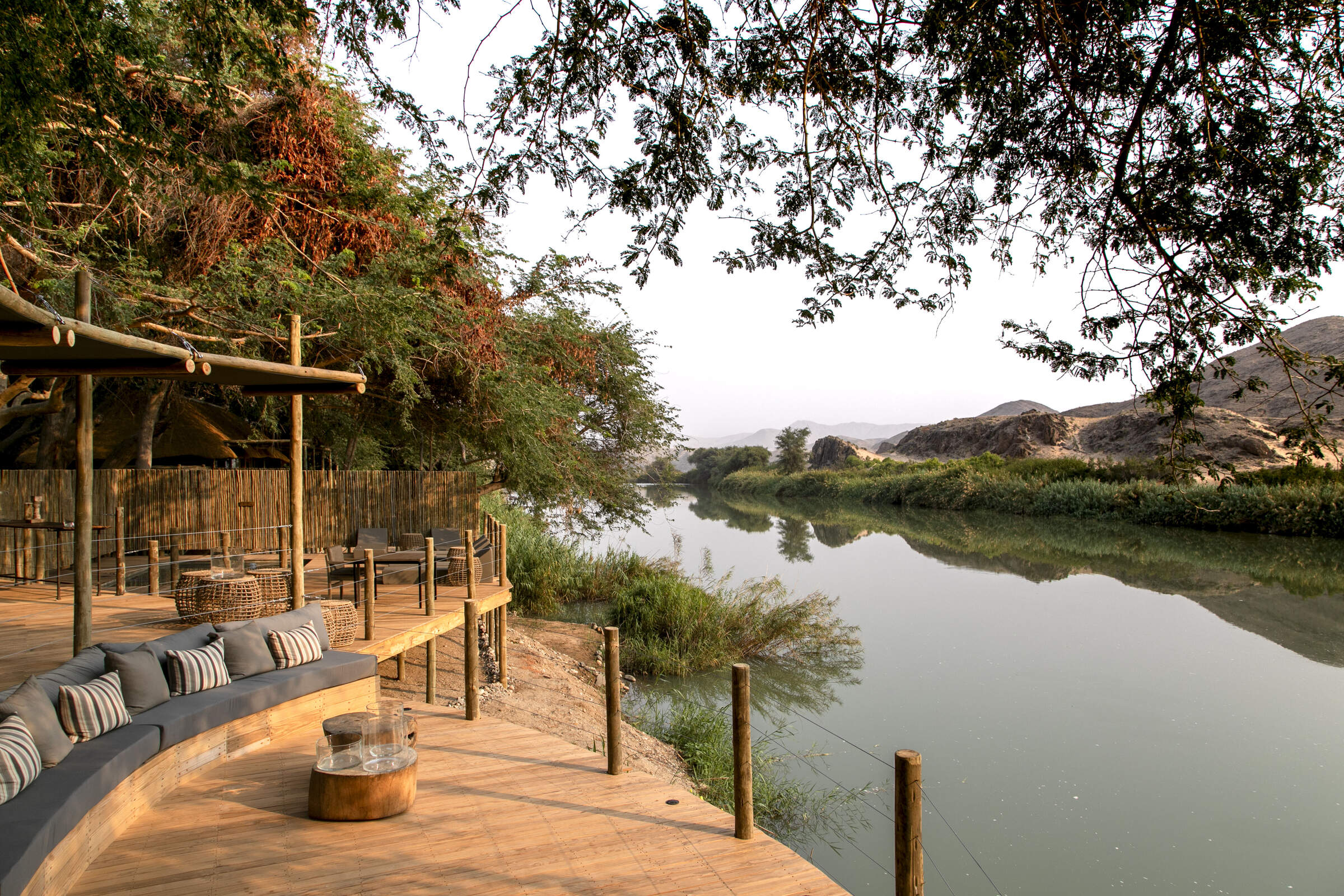
Serra Cafema
The luxurious Serra Cafema is in the most remote corner of Namibia - at the north end of Hartmann's Valley, across the Kunene River from Angola.
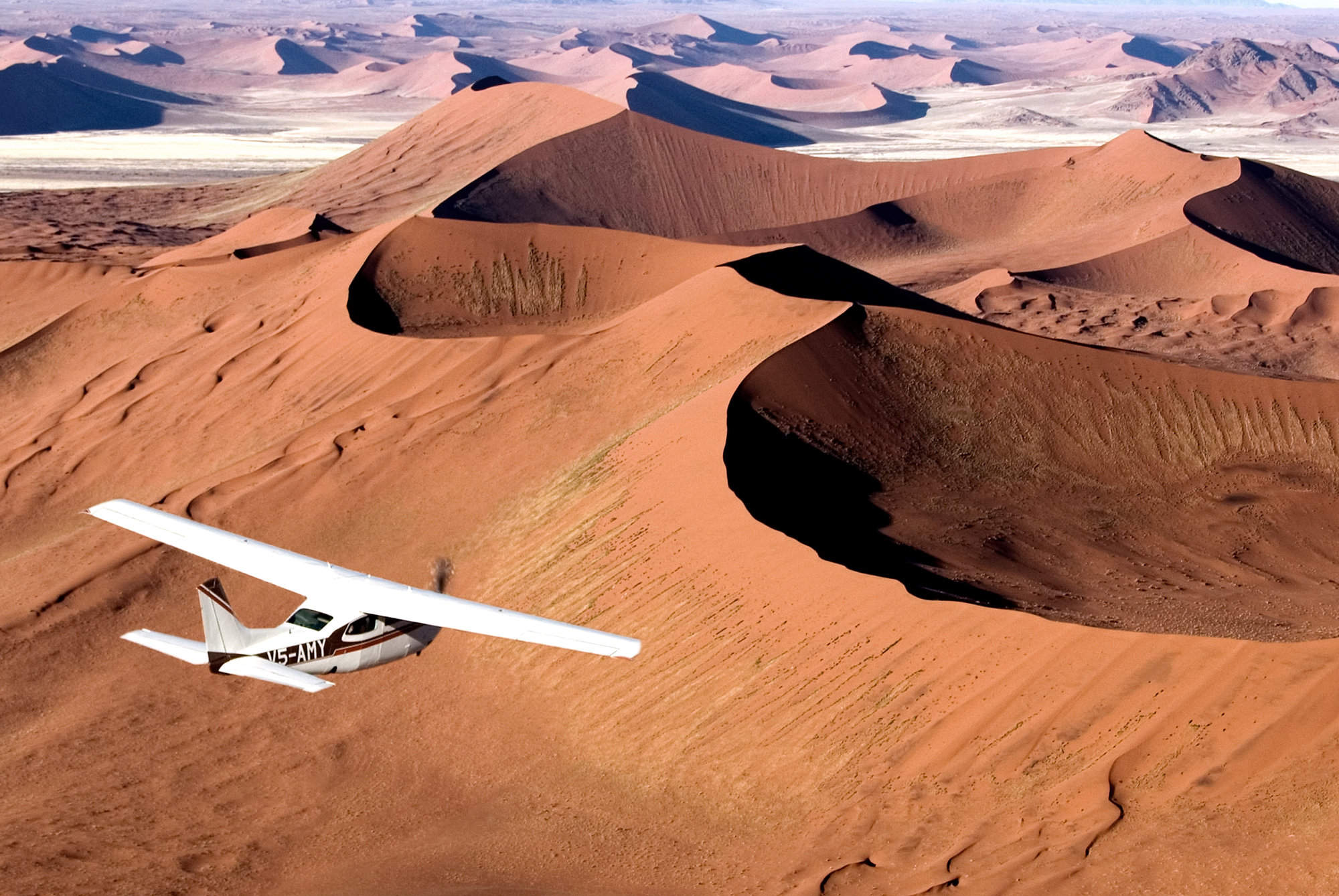
Skeleton Coast Safaris
Skeleton Coast Safaris is a small, family-run operation that has organised inspirational trips to this remote area of Namibia for nearly 50 years.
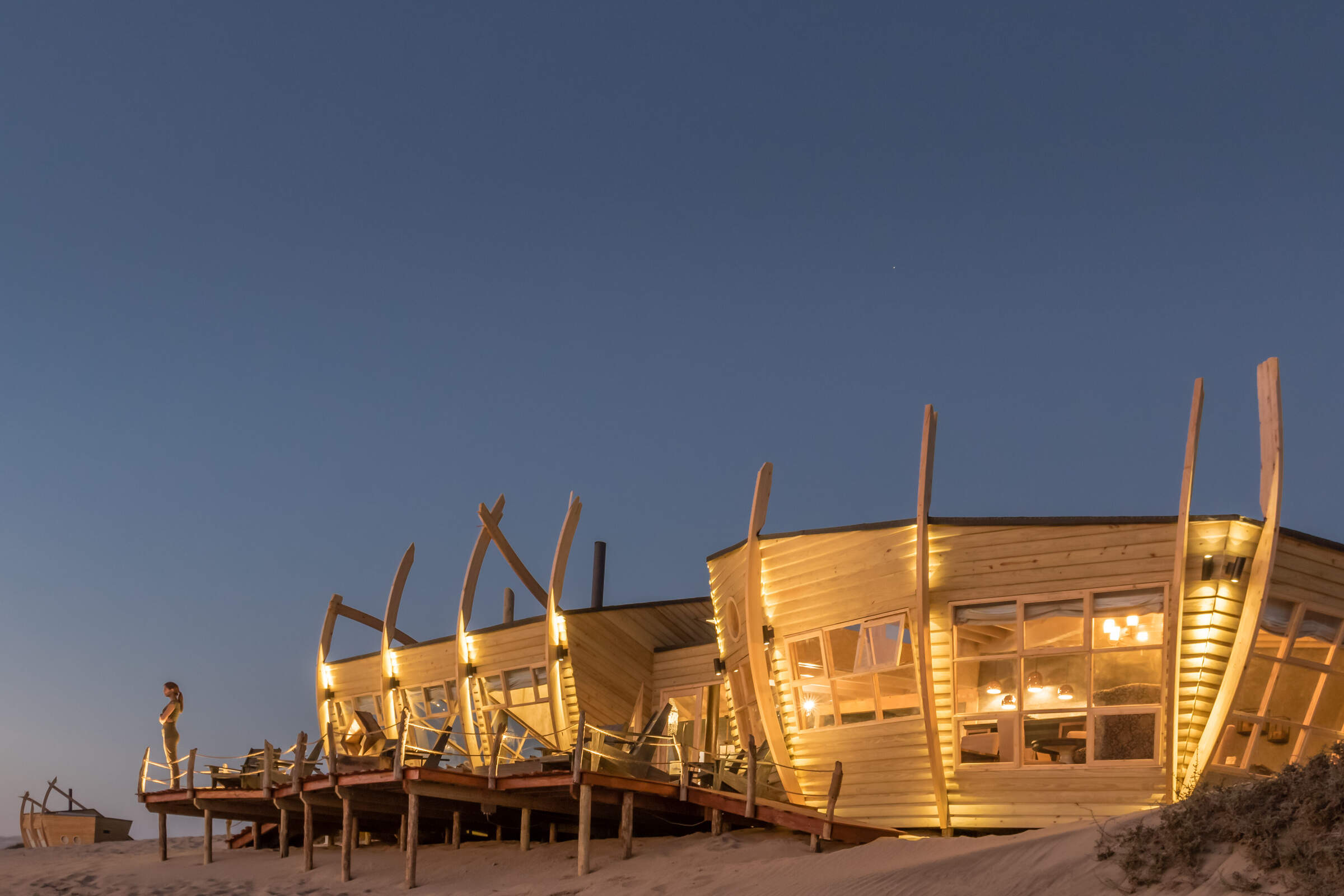
Shipwreck Lodge
The only property on this desolate stretch of coastline, the extraordinary Shipwreck Lodge opens up a new section of the Skeleton Coast National Park
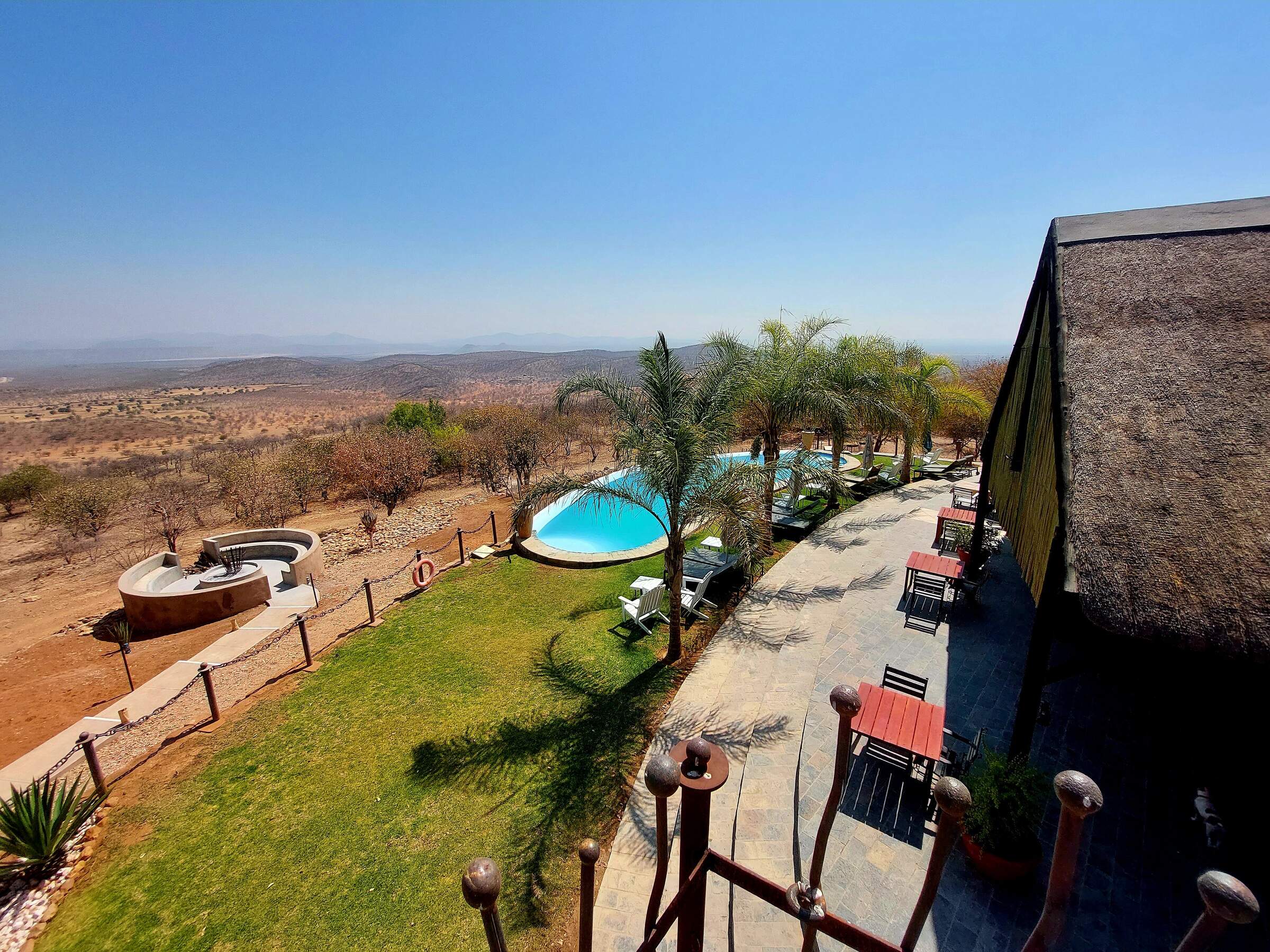
Opuwo Country Lodge
Opuwo Country Hotel provides comfortable accommodation is well situated for a night's stop before travelling into remote parts of Kaokoland.
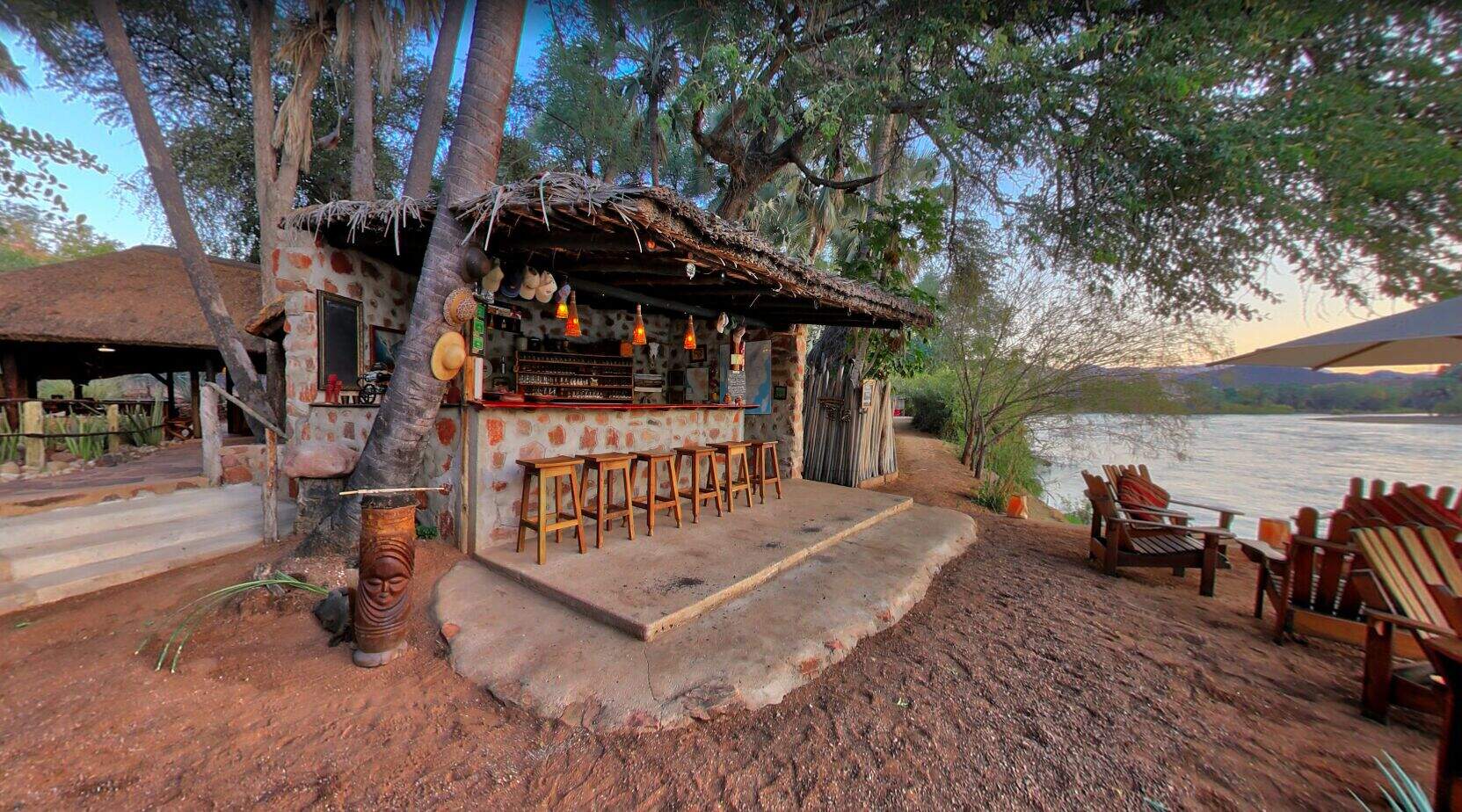
Epupa Camp
Epupa Camp is a welcoming oasis set on the palm-fringed banks of the Kunene River in north-west Namibia and close to Epupa Falls.
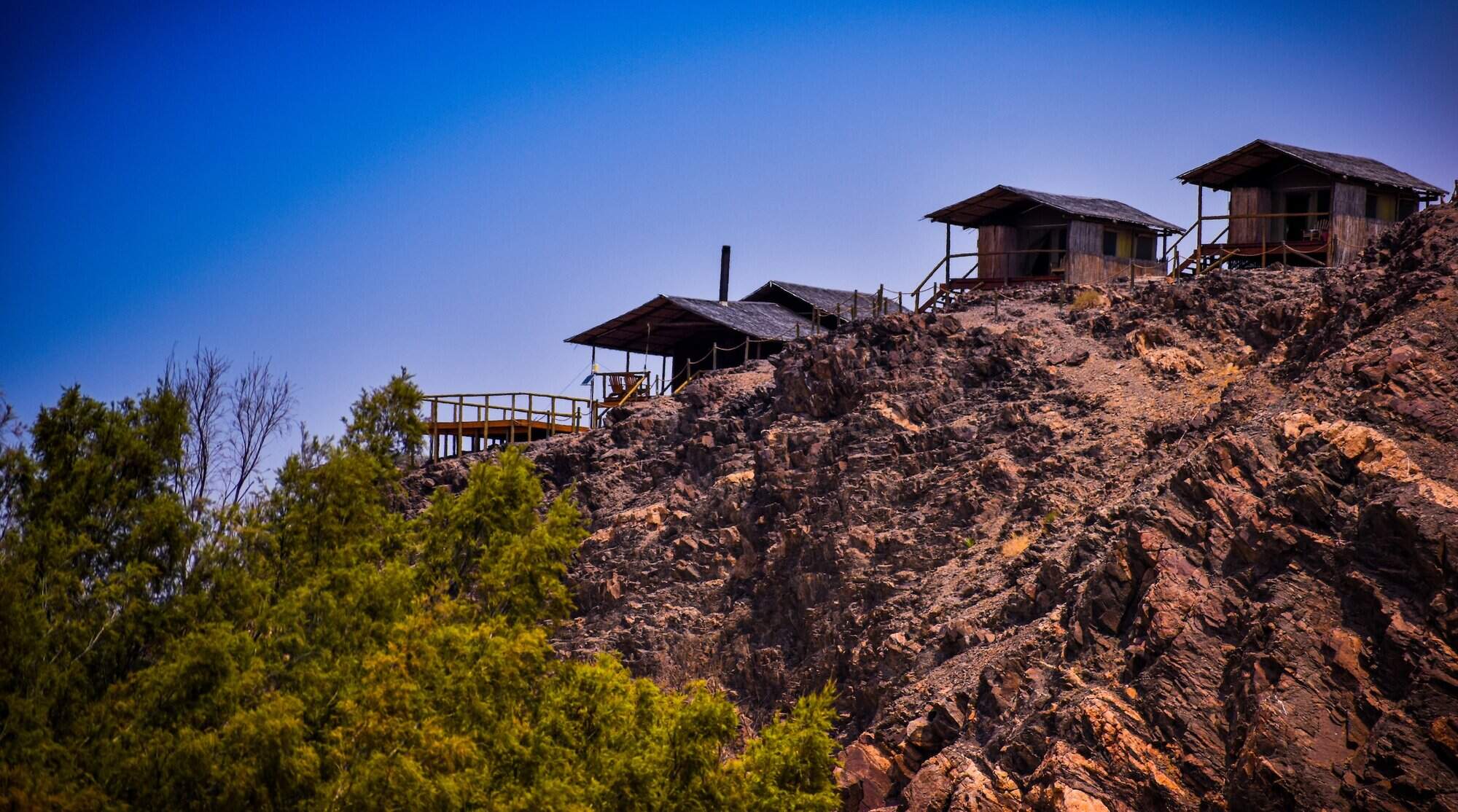
Leylandsdrift Camp
Used exclusively on the second night of a Skeleton Coast Safari, Leylandsdrift is in a beautiful location and is a good place to track desert-adapted elephants.
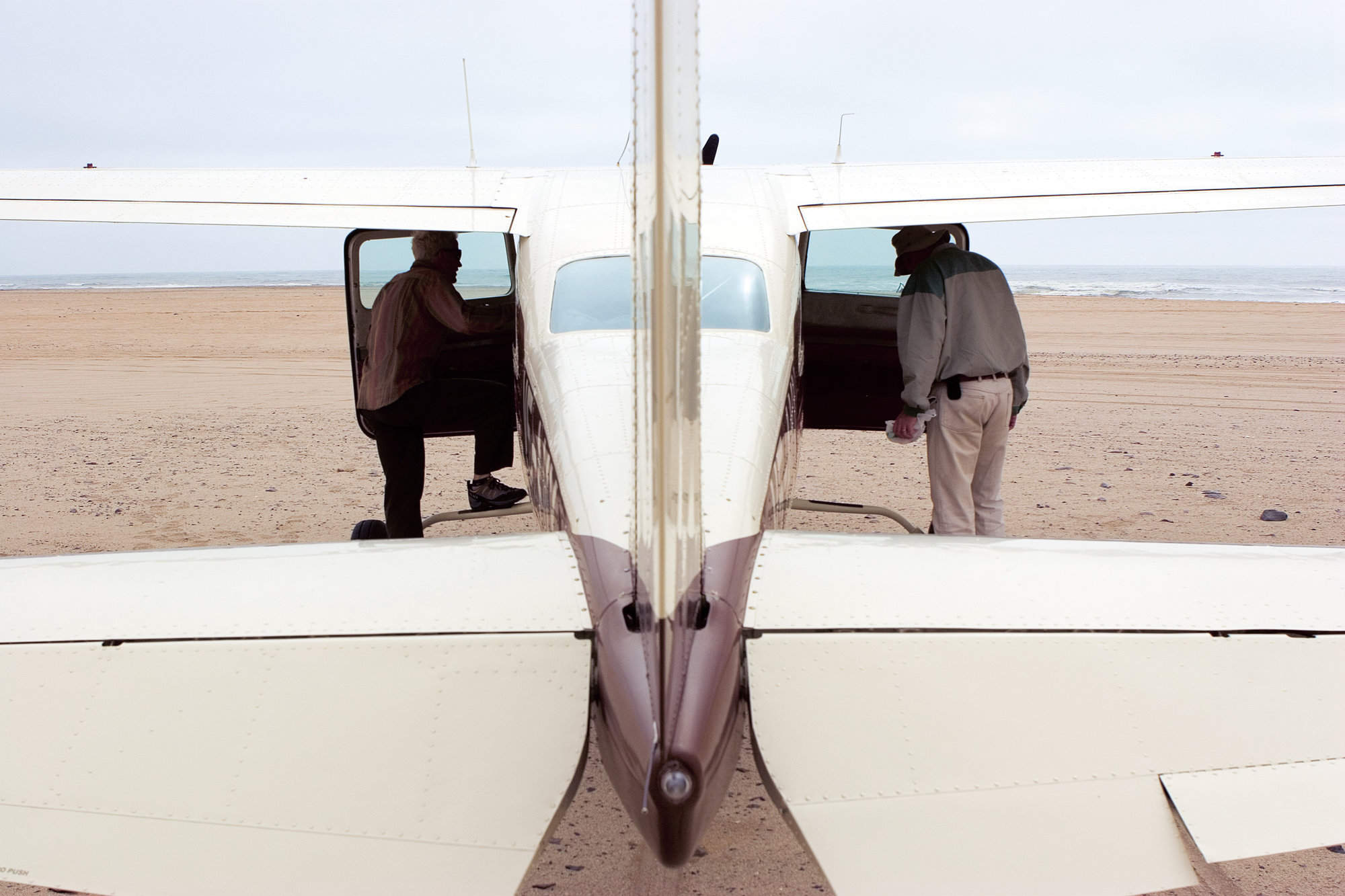
Kunene River Camp
Used exclusively on the final night of a Skeleton Coast Safari, the simple Kunene River Camp occupies a dramatic riverside location with some excellent birding.
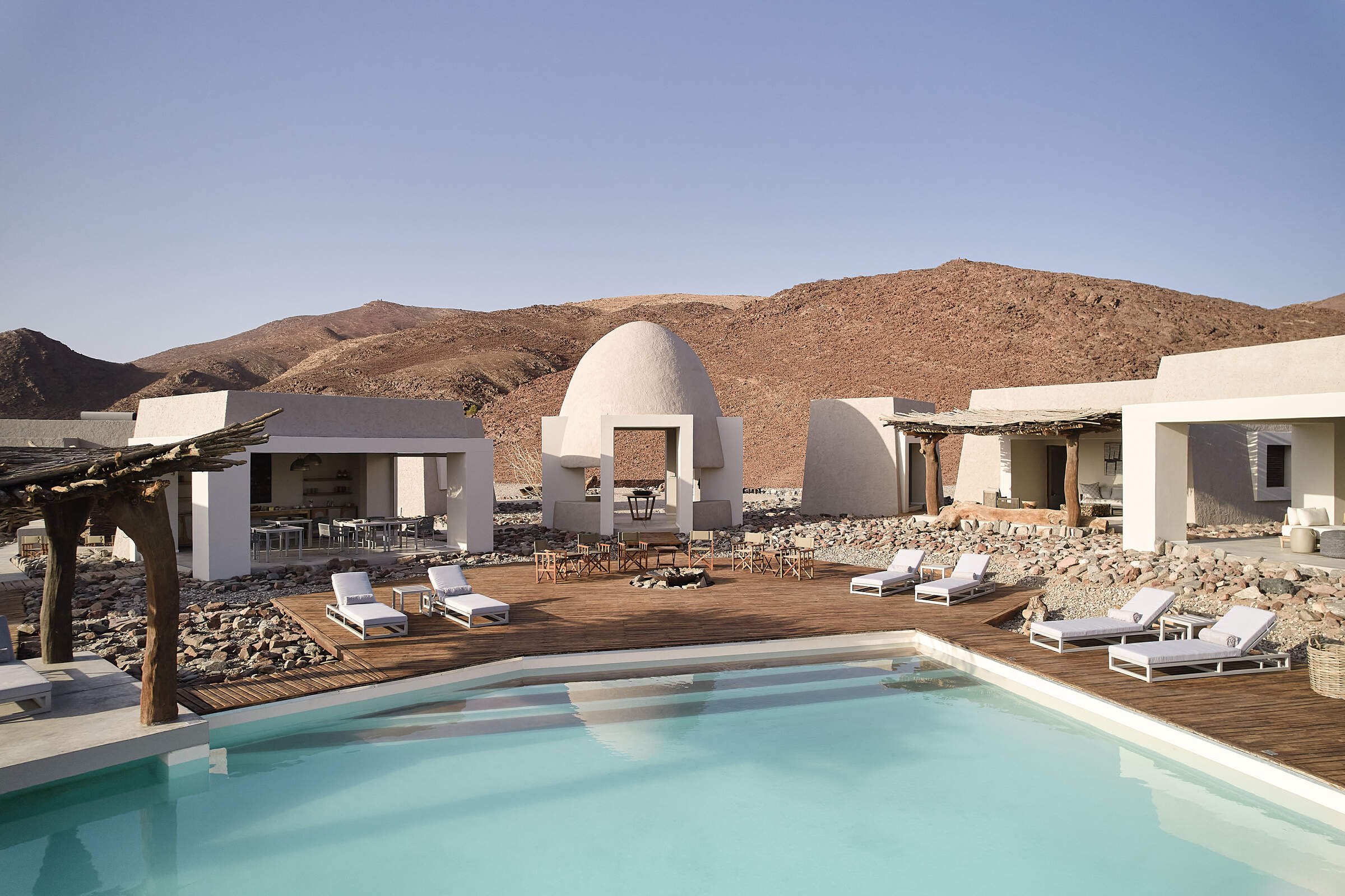
Okahirongo Elephant Lodge
Tucked away in Namibia's remote north-west, Okahirongo Elephant Lodge offers an unexpected level of luxury, with stunning views and plenty of activities.
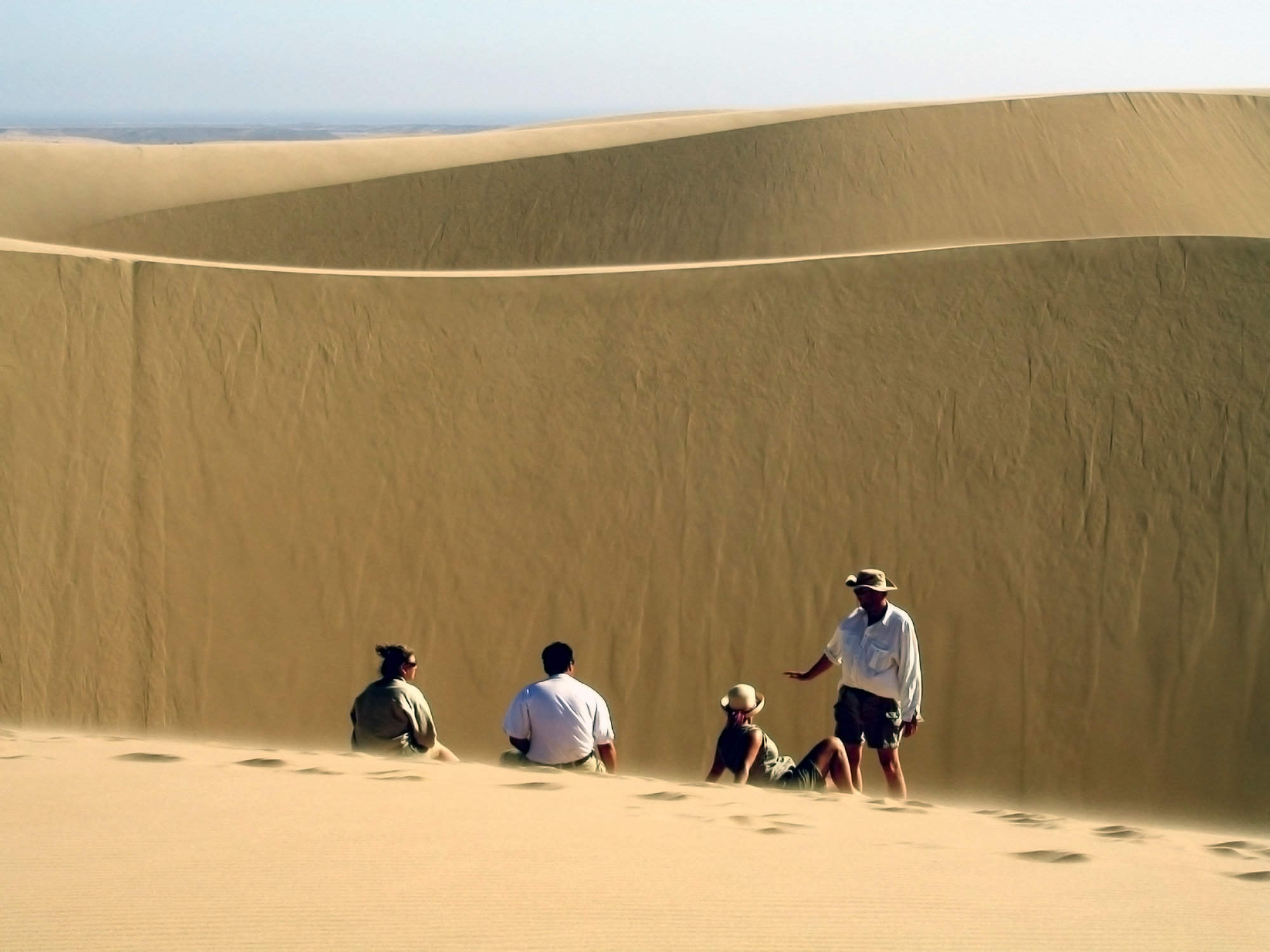
Kuidas Camp
Usually the first-night stop on a Schoeman Skeleton Coast safari, Kuidas is a very simple camp with stunning views of the Huab River valley.
When to go to Skeleton Coast & Kaokoland
Our month by month guide: What it's like to visit Hoanib Valley Camp in Skeleton Coast & Kaokoland
Jan
Feb
Mar
Apr
May
Jun
Jul
Aug
Sep
Oct
Nov
Dec
Skeleton Coast & Kaokoland in January
The Skeleton Coast experiences its rainy season in January, though precipitation remains sparse in this desert environment. The Ugab River and other ephemeral rivers may briefly come to life, creating a spectacle in the usually arid landscape. Despite the rain, temperatures can still reach around 30°C/86°F.
The greening landscape makes a refreshing change, especially in desert dune seas. Migrant species arrive in force, making it an excellent time for birdwatching along the coast and in areas like the Swakop River. In the northern part of the Skeleton Coast National Park, where rains are more reliable, desert animals look healthy, with shiny coats, due to the abundance of food.
- Variable weather with fog common along coast
- Cape fur seal pups growing rapidly at colonies
- Wildlife looking well fed, with shiny coats
- Few tourists, low rates at lodges and camps
- Occasional thunderstorms inland from the coast
Our view
This is not a great time to visit
Weather in January
Skeleton Coast & Kaokoland in February
February is typically the wettest month on the Skeleton Coast, though rainfall remains patchy. The central highlands near the park's eastern border and the Kunene River region can see heavier rain. Some February days are clear and hot, while others are cooler with building clouds, sometimes culminating in short, spectacular thunderstorms. These storms can generate flash floods in the park's ephemeral rivers, bringing them dramatically to life.
The landscape feels green and alive, with insects and smaller animals more easily seen. Many birds and animals in the Skeleton Coast National Park are raising their young during this time. However, the formation of small pools in the bush and thicker vegetation can make it challenging to spot larger wildlife as they disperse with easy to access water, especially in the northern sections of the park.
- Coastal fog persists, creating eerie atmosphere
- Seal colonies bustling with activity
- Desert-adapted wildlife more dispersed
- Low tourist numbers, great deals available
- Possible inland thunderstorms, coast stays dry
Our view
This is not a great time to visit
Weather in February
Skeleton Coast & Kaokoland in March
March usually sees the Skeleton Coast's main rains tailing off, though precipitation varies across the park. Many days are clear with strong sun, while others may end with short, spectacular thunderstorms, particularly in the inland areas. These storms reduce in frequency as the month progresses.
The landscape often appears vivid and green, especially around the Ugab and Hoanib rivers. Many birds and animals are finishing raising their young, so smaller animals and insects are in evidence. In the northern part of the Skeleton Coast National Park, where rains are generally heavier, pools in the bush and thicker vegetation can make it difficult to spot larger animals. However, this is an excellent time to observe desert-adapted wildlife thriving in the temporarily lush environment.
- Weather becoming more stable along coast
- Seal pups learning to swim at Cape Cross
- Animals well-fed after inland rainy season
- Wildlife harder to spot in expansive desert
- Few tourists, ideal for solitude seekers
Our view
A good time to visit, with pros & cons
Weather in March
Skeleton Coast & Kaokoland in April
April typically brings dry weather to the Skeleton Coast, with an ever-decreasing chance of rain. Temperatures fall below their summer peak but remain pleasant and warm during the day. Nights might have a slight chill, especially in desert areas. The rains usually leave many parts of the park verdant and green, so animals are in fantastic condition, often with fast-growing young in attendance.
With less dust in the atmosphere, photographers can capture clear shots of spectacular landscapes and healthy animals. Stargazing becomes increasingly rewarding as the month progresses. In the northern sections of the Skeleton Coast National Park, water and food remain in plentiful supply, so finding big game can be trickier than later in the year. However, this is an excellent time for observing a wide variety of wildlife.
- Cooler nights, pleasant daytime temperatures
- Migrant birds begin departing the coast
- Desert flora starting to dry out inland
- Easter brings slight increase in visitors
- Clear conditions for sharp photographs
Our view
A good time to visit, with pros & cons
Weather in April
Skeleton Coast & Kaokoland in May
By May, the Skeleton Coast is usually drying out fast. If the rains have been good, the land remains green, but wildlife starts to congregate at more permanent water sources like the Hoanib and Uniab rivers. Typical days are warm with crisp, clear mornings and blue skies. Evenings are usually cool, with temperatures potentially dipping below 10°C/50°F overnight, especially in desert areas.
The air quality and clarity can be amazing, making this an ideal month for photography of the park's dramatic landscapes. Many lodges still charge low season prices, although some have started to introduce higher shoulder season rates. May's good-value rates, increasingly good wildlife sightings, beautiful landscapes, and crystal-clear air combine to make this one of the best months to visit the Skeleton Coast.
- Mild days, cool nights ideal for exploration
- Excellent clarity for coastal photography
- Wildlife starting to congregate near water
- Lodges still offer good rates
- Great sea kayaking as seal pups take to water
Our view
A very good time to visit
Weather in May
Skeleton Coast & Kaokoland in June
June brings dry conditions to the Skeleton Coast. Skies are blue and usually largely cloudless. Days are lovely, warm, and dry; nights are cold, sometimes below freezing in desert areas. Most swimming pools at lodges are outdoors and too cold for all except the very dedicated. Warm clothing is essential for early morning and late evening nature drives.
In the northern part of the Skeleton Coast National Park, wildlife viewing enters its dry-season pattern, focusing around water sources. Photographers come to the area for the superb air clarity, with minimal dust or smoke. The Cape Cross Seal Colony becomes increasingly active as the young seals join parents on fishing trips. Historically, June rates have been low, but with increasing popularity, many lodges now count it amongst their high-season months.
- Clear, bright days with cold nights
- Prime time for scenic flights over coastline
- Wildlife gravitating to scarce water sources
- Most lodges move to high season rates
- Fishing season kicks off with great catch opportunities
Our view
A very good time to visit
Weather in June
Skeleton Coast & Kaokoland in July
July brings usually warm daytime temperatures upwards of 20°C/68°F to the Skeleton Coast, along with good sightings of desert-adapted wildlife such as elephants, giraffe, oryx, jackals and perhaps even lion. Watching elephants climb hillside dunes is often a highlight! Rain is very unusual, and clear skies make for great photographs of the stark desert landscapes.
Once the sun sets, temperatures cool rapidly, bringing cold nights that may dip below freezing in desert areas. Visitors should dress in layers and be prepared for cold early-morning and late-afternoon drives. Across the park, lodges charge high season rates; many are fully booked a year or more in advance, especially during European school holidays from the latter half of July to late August.
- Dry days, cold nights perfect for stargazing
- Whale watching season begins off the coast
- Excellent time to view desert wildlife
- Peak season rates at coastal accommodation options
- Cool temperatures for nature walks
Our view
A very good time to visit
Weather in July
Skeleton Coast & Kaokoland in August
August marks the height of winter on the Skeleton Coast. Expect cloudless skies and plenty of warm sun during the day, but nights can drop to freezing in desert areas. Visitors should dress in layers and bring warm clothes for chilly mornings and evenings. It's usually been 3-4 months since any significant rain, so the land is dry with only specialist desert plants standing out in their greenery. Many landscapes appear sparse and harsh, showcasing the raw beauty of the Skeleton Coast. Desert-adapted wildlife stays close to available water sources, helping to guarantee good animal sightings, particularly in the northern part of the park.
August is the most popular time to visit, especially for families. Advance booking is essential, often over a year in advance, for stays at the best lodges within the Skeleton Coast National Park.
- Clear skies, cold nights, warm days
- Marine mammals often seen on boat cruises
- Wildlife concentrated close to water points
- Busier season, advanced bookings recommended
- Ideal conditions for coastal adventure activities
Our view
Fantastic: the very best time to visit
Weather in August
Skeleton Coast & Kaokoland in September
September brings blue, cloudless skies and fantastic desert-adapted wildlife viewing to the Skeleton Coast. Rain is almost unheard of during this month. As September progresses, both days and nights get warmer. In some areas, daily maximums can reach the low 30s Celsius / mid 80s Fahrenheit, although low humidity ensures this feels comfortable.
The air becomes dustier, occasionally augmented by smoke from distant fires, creating a hazy atmosphere that can challenge photographers - though atmospheric sunsets are a delight. In the Skeleton Coast National Park, animals stay close to remaining water sources, making September one of the best months for viewing desert animals such as elephants, oryx and even lion. Consequently, September is one of the Skeleton Coast's most popular months for visitors. Seeing how remote communities exist in this barren setting is often a highlight.
- Quickly warming temperatures, still clear skies
- Fascinating insights to Himba communities
- Fantastic desert wildlife viewing in river valleys
- High season rates, lodges often fully booked
- Occasionally dusty skies create spectacular sunsets
Our view
Fantastic: the very best time to visit
Weather in September
Skeleton Coast & Kaokoland in October
October is usually the hottest and driest month on the Skeleton Coast. Temperatures build as the month progresses; towards the end, daily highs may exceed 40°C/104°F, though the low humidity makes even this heat bearable. In exceptional years, isolated rain showers may fall in late October. More usually, the end of the dry season sees wildlife watching at its best, particularly in the northern part of the Skeleton Coast National Park. Sightings of unusual species such as brown hyena and desert lion become more regular as the animals have limited water sources.
October is popular among landscape and unique wildlife enthusiasts and commands peak-season prices, even if dust and smoke may make the air hazy, challenging photographers. Visitor numbers can fade towards the end of the month, allowing a window for last-minute bookings at some lodges.
- Hot, dry conditions prevail along coast
- Marine wildlife abundant in coastal waters
- Exceptional desert game viewing in Hoanib area
- Still peak visitor time, book accommodations early
- Dining under stars on balmy nights in the desert is special
Our view
A very good time to visit
Weather in October
Skeleton Coast & Kaokoland in November
November is unpredictable on the Skeleton Coast; sometimes dry and hot, sometimes cloudier and cooler. Typically, mornings are hot and cloudless, with clouds appearing in the afternoon. Humidity builds and eventually breaks, resulting in spectacular thunderstorms that bring convection rainfall in late afternoons. Such storms are typically sparsely distributed and highly localised, being completely absent from the most arid desert areas. Places that do get good rain, like the Hoanib and Uniab river valleys, flush green with a tangible feeling of new life, softening the harsh landscapes.
Many mammals give birth to their young during this period. Once the rains come, wildlife disperses in search of food, and game viewing in the northern part of the Skeleton Coast National Park becomes more challenging. However, this is a great time for birdwatchers, with migrant species arriving in breeding plumage.
- Variable weather as summer approaches
- Cape fur seals begin breeding season
- Wildlife dispersing with first inland rains
- Shoulder season begins, rates become moderate
- Landscapes transforming with possible rain
Our view
A good time to visit, with pros & cons
Weather in November
Skeleton Coast & Kaokoland in December
December is often a drier period between the short and long rainy season. Clear mornings can give way to building clouds and spectacular evening thunderstorms, but often with little to no rain. These storms make for atmospheric skies and an interesting time for photographers. But even relatively short showers enable plant life to erupt, carpeting this thirsty land in green and providing food for the young animals as they grow. Animals disperse widely across the Skeleton Coast National Park, which can make game viewing more challenging than in the dry season. Many birds are breeding and sporting their most colourful plumage.
Christmas and New Year fall within local summer holidays, so accommodations can be surprisingly busy, especially in and around the park's coastal areas where temperatures are cooler.
- Warmer temperatures, chance of coastal fog
- Seal breeding season peaks at colonies
- Desert-adapted wildlife often have young
- Holiday period brings more visitors to coast
- Possible inland rains create lush landscapes
Our view
This is not a great time to visit
Weather in December

Looking for inspiration on where to travel next?
Visit our trip chooser to explore your options and find inspiration for your perfect African adventure
Inspire me